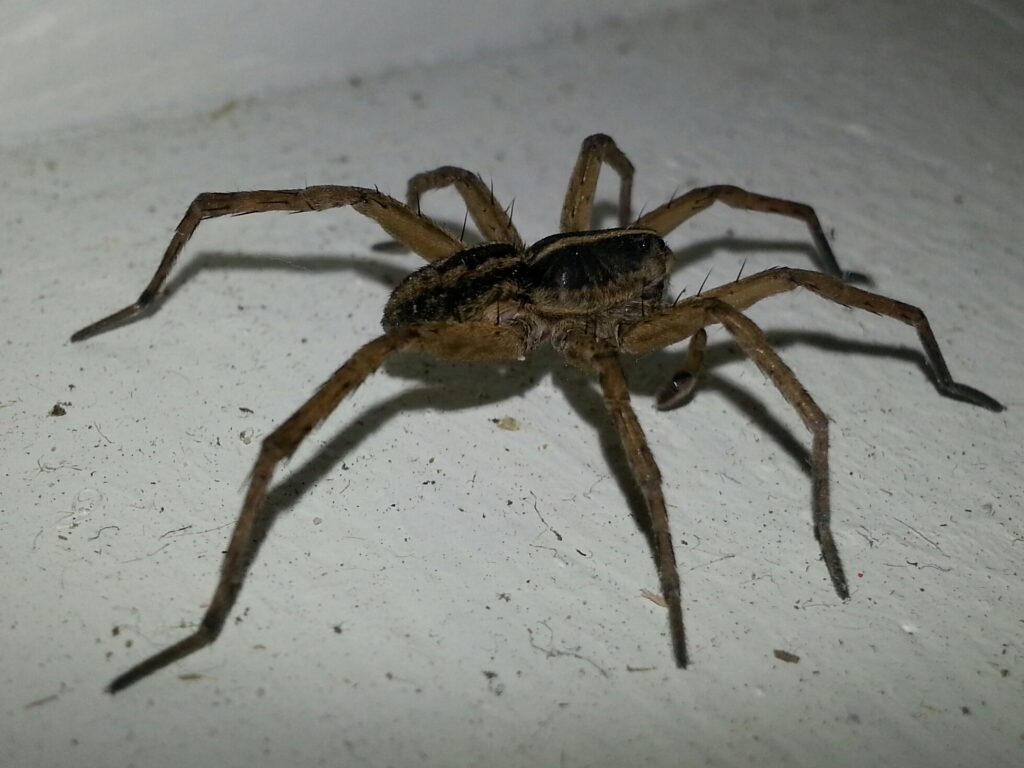 As a restaurateur in Niagara, safeguarding your establishment against unwelcome intruders is as essential as perfecting your signature dish. Pest control isn't just about keeping your dining area free from critters; it's about reinforcing the very essence of cleanliness and safety that diners expect when they walk through your doors.
Imagine your customers savouring a delightful meal, undistracted by buzzing or scuttling. That's where the magic of effective pest management comes into play, ensuring compliance with health regulations and preserving your restaurant's reputation.
Effective pest control strategies for restaurants and food services encompass regular inspections, proper sanitation practices, and employing preventative measures. Critical steps include identifying common restaurant pests such as rodents, cockroaches, and ants, which are notorious for seeking out the bountiful food havens.
But how often should pest control be performed in a restaurant? Truly Nolen Southwestern recommends scheduled treatments and inspections be done at least monthly to maintain a pest-free environment.
The rest of this guide will dive deeper into these strategies, offering insights and actionable tips to fortify your restaurant against the nuisances of infestations, ultimately highlighting the value that Truly Nolen Southwestern brings to the table.
As a restaurateur in Niagara, safeguarding your establishment against unwelcome intruders is as essential as perfecting your signature dish. Pest control isn't just about keeping your dining area free from critters; it's about reinforcing the very essence of cleanliness and safety that diners expect when they walk through your doors.
Imagine your customers savouring a delightful meal, undistracted by buzzing or scuttling. That's where the magic of effective pest management comes into play, ensuring compliance with health regulations and preserving your restaurant's reputation.
Effective pest control strategies for restaurants and food services encompass regular inspections, proper sanitation practices, and employing preventative measures. Critical steps include identifying common restaurant pests such as rodents, cockroaches, and ants, which are notorious for seeking out the bountiful food havens.
But how often should pest control be performed in a restaurant? Truly Nolen Southwestern recommends scheduled treatments and inspections be done at least monthly to maintain a pest-free environment.
The rest of this guide will dive deeper into these strategies, offering insights and actionable tips to fortify your restaurant against the nuisances of infestations, ultimately highlighting the value that Truly Nolen Southwestern brings to the table.
Regular Inspection and Monitoring
 Staying ahead of potential issues starts with routine inspections. Regularly checking for signs of unwanted visitors allows you to nip any problems in the bud before they escalate. These inspections don't just help in spotting the obvious but also uncover subtle indications of activity that may go unnoticed.
Early detection can prevent a minor issue from becoming a costly infestation. Many restaurant owners wonder how often pest control should be done in a restaurant. The answer lies in frequent and systematic checks. Set a schedule that suits your operation, perhaps weekly or bi-weekly, and stick to it diligently.
Incorporating monitoring stations throughout your establishment is another effective approach. Using traps or bait boxes provides ongoing surveillance of areas prone to intruders. These stations are particularly useful in pinpointing problem spots, allowing for targeted action.
Think of monitoring as your eyes and ears on the ground. By placing these tools strategically, you'll gain insights into the patterns and movements of common restaurant pests, like cockroaches and ants.
Staying ahead of potential issues starts with routine inspections. Regularly checking for signs of unwanted visitors allows you to nip any problems in the bud before they escalate. These inspections don't just help in spotting the obvious but also uncover subtle indications of activity that may go unnoticed.
Early detection can prevent a minor issue from becoming a costly infestation. Many restaurant owners wonder how often pest control should be done in a restaurant. The answer lies in frequent and systematic checks. Set a schedule that suits your operation, perhaps weekly or bi-weekly, and stick to it diligently.
Incorporating monitoring stations throughout your establishment is another effective approach. Using traps or bait boxes provides ongoing surveillance of areas prone to intruders. These stations are particularly useful in pinpointing problem spots, allowing for targeted action.
Think of monitoring as your eyes and ears on the ground. By placing these tools strategically, you'll gain insights into the patterns and movements of common restaurant pests, like cockroaches and ants.
Proper Food Storage Practices
When it comes to keeping your ingredients safe, sealed containers are your best friend. Storing all food items in airtight, pest-proof containers acts as a formidable barrier against contamination. This simple step ensures that your kitchen remains an unappealing venue for any intruders seeking a snack. Consider adopting containers made of durable materials like glass or heavy-duty plastic. Not only do they preserve freshness, but they also prevent odours from escaping, further deterring curious critters. By safeguarding your stock, you're protecting both your investment and your reputation. An organized storage area is not merely about aesthetics; it's a functional necessity. A tidy space makes it easier to spot signs of activity and reduces potential hiding spots for unwanted guests. Neatness allows for quick identification and swift action, minimizing the risk of a full-fledged invasion. Set up a regular cleaning and organizing routine for your storage areas. Ensure that shelves are clear, items are clearly labelled, and nothing stays stagnant for too long. Keeping your storage well-maintained is key to preventing any surprises down the line.Sanitation and Waste Management
 Cleanliness is your first line of defence against unwanted visitors. Frequently cleaning floors, counters, and food preparation areas removes residues that attract unwelcome guests. A spotless kitchen and dining area communicate to customers that you prioritize their safety and comfort.
Implement a comprehensive cleaning schedule that covers all corners of your establishment. Pay special attention to hard-to-reach areas where crumbs and spills might accumulate. By adopting a proactive approach to cleaning, you create an inhospitable environment for intruders seeking an easy meal.
Waste management is another critical component in maintaining a pristine environment. Keeping garbage bins covered, disposing of waste daily, and maintaining a clean dumpster area are essential practices. These measures prevent rodents and insects from capitalizing on discarded leftovers.
Ensure that your waste disposal protocols are stringent and consistently followed. Educate your staff on the importance of timely disposal and clean bin maintenance. By addressing waste concerns head-on, you eliminate a major attraction for common restaurant pests.
Cleanliness is your first line of defence against unwanted visitors. Frequently cleaning floors, counters, and food preparation areas removes residues that attract unwelcome guests. A spotless kitchen and dining area communicate to customers that you prioritize their safety and comfort.
Implement a comprehensive cleaning schedule that covers all corners of your establishment. Pay special attention to hard-to-reach areas where crumbs and spills might accumulate. By adopting a proactive approach to cleaning, you create an inhospitable environment for intruders seeking an easy meal.
Waste management is another critical component in maintaining a pristine environment. Keeping garbage bins covered, disposing of waste daily, and maintaining a clean dumpster area are essential practices. These measures prevent rodents and insects from capitalizing on discarded leftovers.
Ensure that your waste disposal protocols are stringent and consistently followed. Educate your staff on the importance of timely disposal and clean bin maintenance. By addressing waste concerns head-on, you eliminate a major attraction for common restaurant pests.

